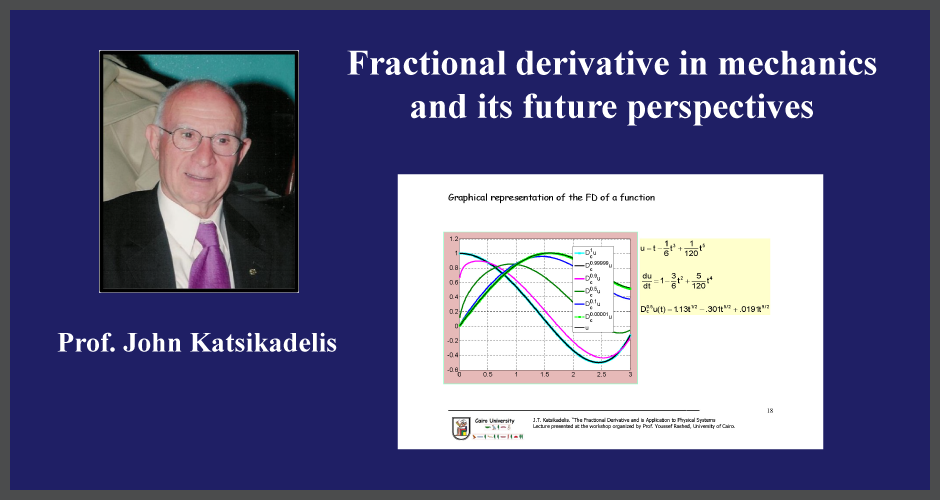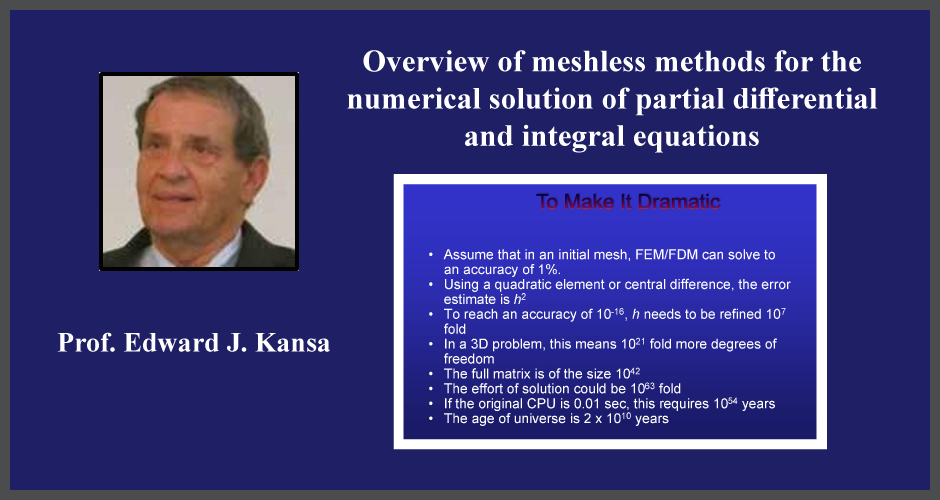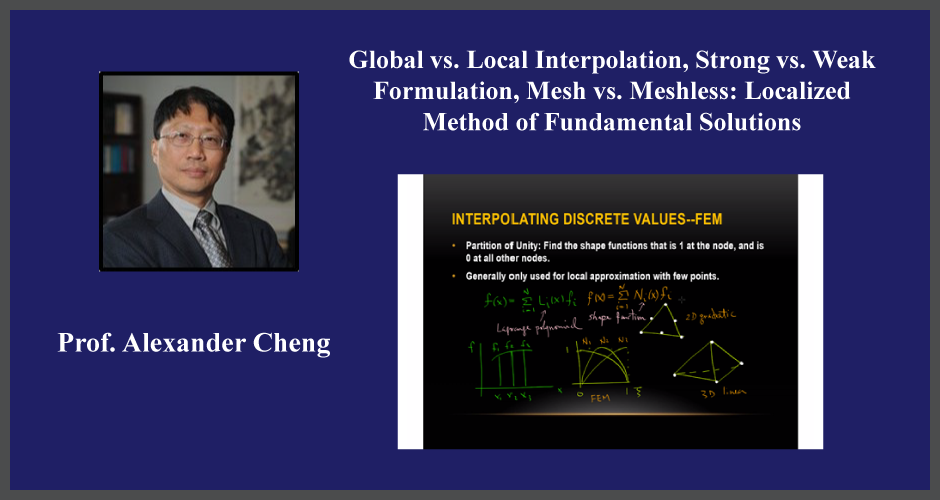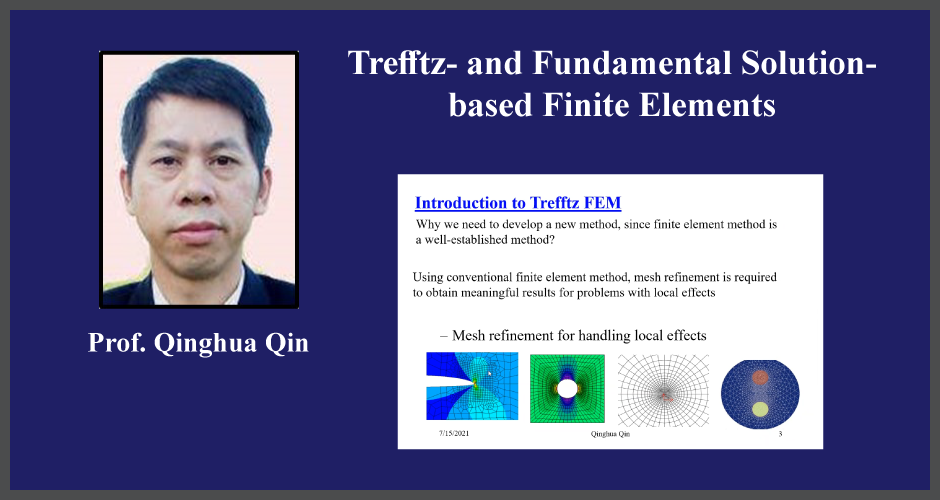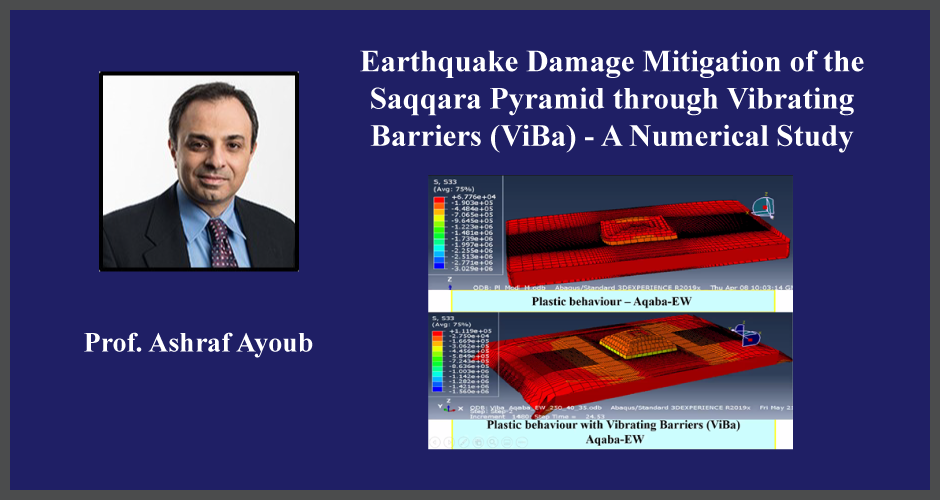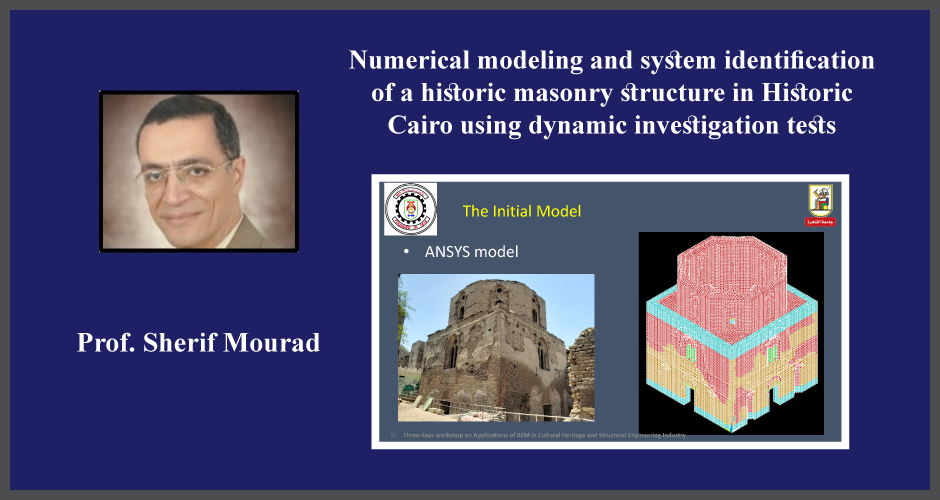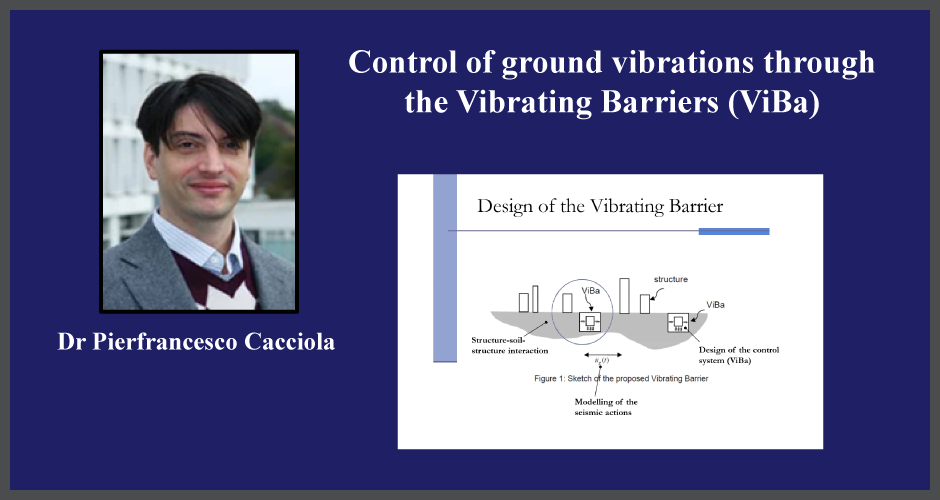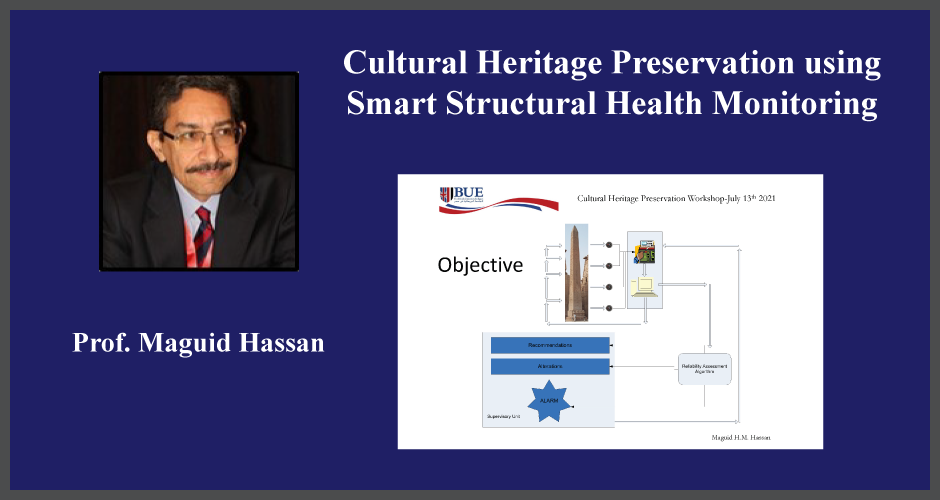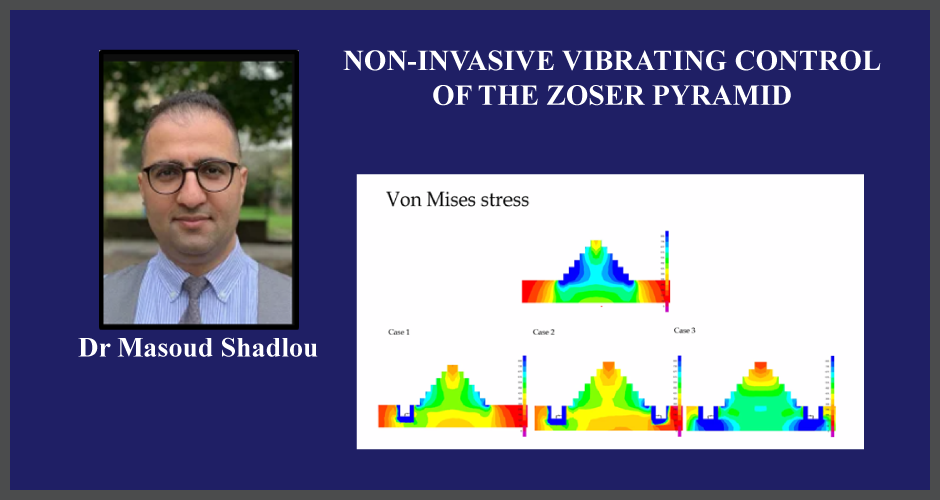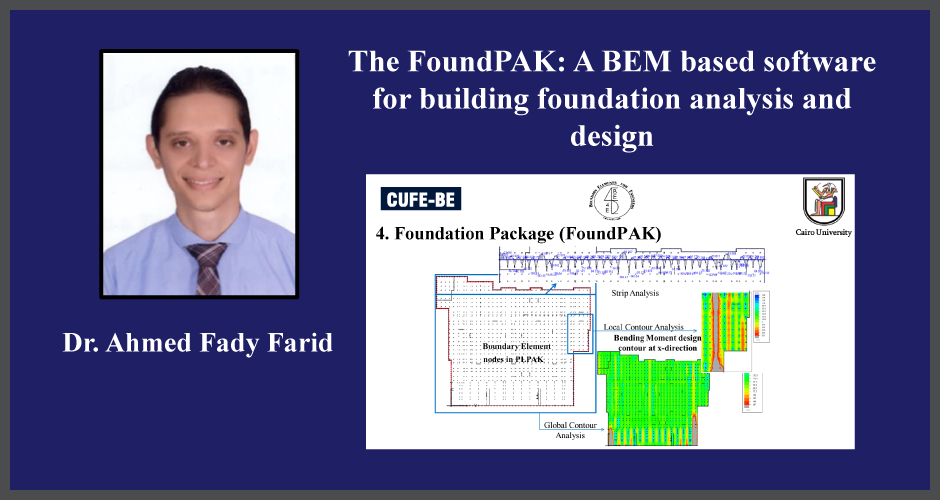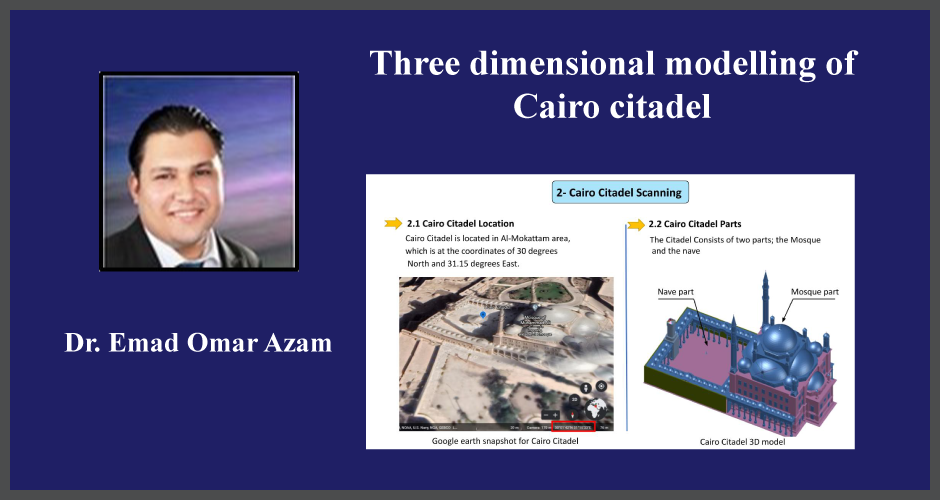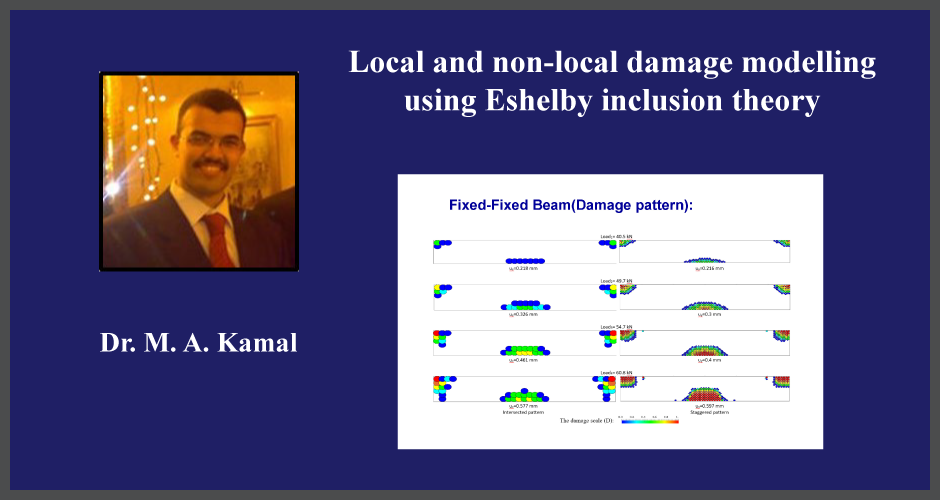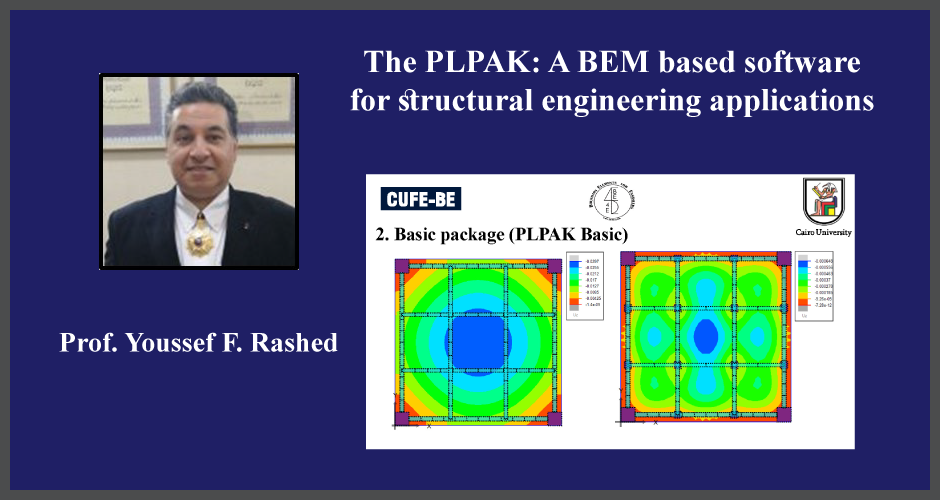Organizers
Prof Ashraf Ayoub, City University, United Kingdom
Dr Pierfrancesco Cacciola, University of Brighton, United Kingdom
Prof Youssef F. Rashed, Cairo University, Egypt
Dr Ahmed Fady Farid, Cairo University, Egypt
Dr M. A. Kamal, Banha University, Egypt
Introduction:
An online workshop has been conducted under supervision of Professor Youssef Rashed and the CUFE-BE team. This workshop has 2 main axes, the first one talks about the new developments of the boundary element method with the application of the BEM based software package (PLPAK)
The aim of this axe is to present both modern techniques developed in the boundary element method with its corresponding mesh-less version and the practical applications of the BEM via the PLPAK software package. The applications includes, tall buildings, non-linear soil-structure interaction, analysis and design of post-tensioned slabs, and accelerated solutions using GPU and multi-core methods. On the other hand, the second axes present the Preserving Egypt's Cultural Heritage from Earthquake Damage through Vibrating Barriers (ViBa).
The aim of this research study is to explore the use of the innovative ViBa (Vibrating Barriers) technique for preserving Egypt’s cultural heritage structures without taking measurements from any cultural heritage structure nor affecting it in any way. This research is based on computer modelling of the ViBa technique. Both the FEM and the BEM are used in computer modelling and simulations. The main goal of this research is to develop preservation guidelines against earthquake risk to be presented to the authorities in Egypt as documentation. The research idea will be implemented on the step pyramid and Cairo citadel.
This workshop will be presented by 14 lecturers from different universities and countries along duration of 3 days. It will be started at Tuesday 13-7-2021. The biography of the speakers is presented on the website as it is clear in figures 1,2,3,4 and 5. Each day of the workshop is divided to 7 slots and each slot is 30 minutes. Figure 8 contains an Excel sheet about the workshop details and the schedule of the 3 days of the workshop. There is a link on the web site for the registration of the workshop and for giving a feedback during the launching of the workshop also.
Day 1 Tuesday 13/7
| Time Slot (UK time) | Speaker | Title |
|---|---|---|
| 09:30 - 10:00 | Prof. Youssef F. Rashed | Opening |
| 10:15 - 10:45 | Prof. Sherif Mourad | Numerical modeling and system identification of a historic masonry structure in Historic Cairo using dynamic investigation tests |
| 11:15 - 11:45 | Prof. Maguid Hassan | Cultural Heritage Preservation using Smart Structural Health Monitoring |
| 12:00 - 12:30 | Dr Pierfrancesco Cacciola | Control of ground vibrations through the Vibrating Barriers (ViBa) |
| 13:00 - 13:30 | Prof. John Katsikadelis | Fractional derivative in mechanics and its future perspectives |
| 13:45 - 14:15 | Prof. John Katsikadelis | Fractional derivative in mechanics and its future perspectives (cont.) |
| 14:30 - 15:00 |
Day 2 Wednesday 14/7
| Time Slot (UK time) | Speaker | Title |
|---|---|---|
| 09:30 - 10:00 | Dr Masoud Shadlou | NON-INVASIVE VIBRATING CONTROL OF THE ZOSER PYRAMID |
| 10:15 - 10:45 | ||
| 11:15 - 11:45 | Prof. Ashraf Ayoub & Dr.Mohanad Alfach | Earthquake Damage Mitigation of the Saqqara Pyramid through Vibrating Barriers (ViBa) - A Numerical Study |
| 12:00 - 12:30 | Dr. Emad Omar Azam | Three dimensional modelling of Cairo citadel |
| 13:00 - 13:30 | Prof. Alexander Cheng | Global vs. Local Interpolation, Strong vs. Weak Formulation, Mesh vs. Meshless: Localized Method of Fundamental Solutions |
| 13:45 - 14:15 | Prof. Alexander Cheng | Ditto |
| 14:30 - 15:00 | Prof. Edward J. Kansa | Overview of meshless methods for the numerical solution of partial differential and integral equations |
Day 3 Thursday 15/7
| Time Slot (UK time) | Speaker | Title |
|---|---|---|
| 09:30 - 10:00 | Prof. Youssef F. Rashed | The PLPAK: A BEM based software for structural engineering applications |
| 10:15 - 10:45 | Dr. Ahmed Fady Farid | The FoundPAK: A BEM based software for building foundation analysis and design |
| 11:15 - 11:45 | ||
| 12:00 - 12:30 | Prof. Qinghua Qin | "Trefftz- and Fundamental Solution- based Finite Elements |
| 13:00 - 13:30 | Dr. M.A. Kamal | Local and non-local damage modelling using Eshelby inclusion theory |
| 13:45 - 14:15 | Prof. Youssef F. Rashed | Closure |
| 14:30 - 15:00 |
Speakers
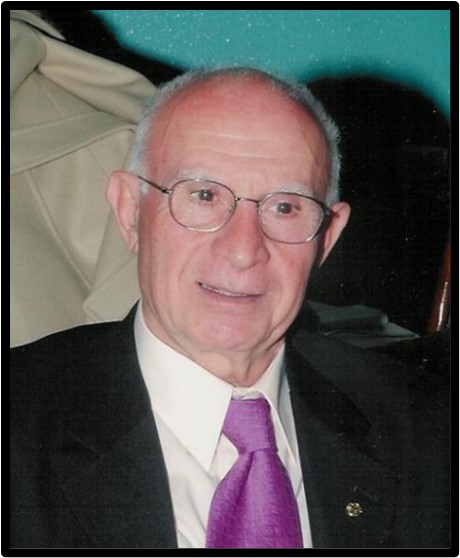
Prof. John Katsikadelis
A graduate professor of Structural Analysis at the School of Civil Engineering at National Technical University of Athens (NTUA), Greece. He was educated at NTUA (diploma Civil Engineer and Dr. Eng. degree) and at the Polytechnic Institute of New York (MSc and PhD in Applied Mechanics). His research interests include static and dynamic analysis of structures. He is involved with BEM since 1975, when he derived the second boundary integral equation for the biharmonic equation in terms of the normal derivative used ever since in BEM for Plate Analysis. He continued his research in BEM for his PhD in Applied Mechanics developing the BEM for plates on elastic foundation. His published work includes 12 books and more than 260 papers in journals, conference proceedings and edited books, most of them dedicated to the development of BEM. His book “The Boundary Element Method - Theory and Applications”, Elsevier, 2002, has been translated in several languages (Japanese, Russian and Serbian). His contribution to BEM culminated with the introduction of the Analog Equation Method (AEM), which according to Prof. C. A. Brebbia is “the most general version of the principle of virtual work developments ever presented in science and engineering”. The AEM enables the application of BEM to static and dynamic problems described by linear and nonlinear differential equations of integer or fractional order using simple known fundamental solutions, rendering thus the BEM an efficient computational tool for engineering analysis and design. His book “The Boundary Element Method for Plate Analysis”, Academic Press- Elsevier, 2014, with a foreword by Prof. C. A. Brebbia, illustrates this method. Prof. Katsikadelis has accumulated many honors and distinctions in his intensive career such as member of many Academies, honorary member of European Societies of Mechanics, member of the editorial board of several prestigious journals, among the International Journal of Engineering Analysis with Boundary Elements.
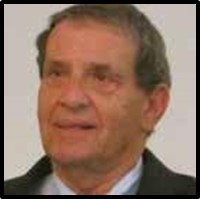
Prof. Edward J. Kansa
He obtained his Ph.D. at Vanderbilt University (1972) in “Many bodies quantum theory”. He has a broad background in solving multi-disciplinary problems in physics, and engineering with emphasis on analysis and computational modeling. Advising graduate and post-doc students on numerical simulation re-search. Technical Consulting and contract Computer Code Development for government agencies and companies engaged in science, engineering, and computer modeling activities. Simplify complex processes to obtain tractable approximate solutions. He has 89 publications, with over 2260 citations in the open literature. International keynote speaker at 82 different institutions and conferences. He invented a mesh-free method to solve partial and integral differential equations with exponentially convergent radial basis functions (Kansa’s method). He Linearized non-linear time dependent partial differential equations in a carefully chosen. He is frequent reviewer for peer-refereed journal articles and research proposals. He is a PI for NSF SBIR grant, 3 AF SBIR grants, DARPA SBIR grant, co PIon an NSF grant.
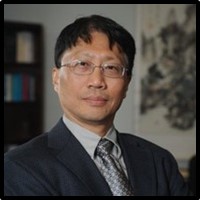
Prof. Alexander Cheng
He was graduated from National Taiwan University, Taiwan in 1974 and obtained MSc in civil engineering from university of Missouri, Columbia in 1978. Then obtained PhD in civil engineering from Cornell University, New York in 1981. He came to Ole Miss in 2001 as Professor and Chair of Civil Engineering. In 2009, he was appointed Dean of Engineering. Prior to joining Ole Miss, he taught at Cornell University (1981-82), Columbia University (1982-85), and the University of Delaware (1985-2001). His research interests include groundwater, water resources, boundary element methods, mechanics of porous materials, and nanomechanics. He is the Editor in Chief of Engineering Analysis with Boundary Elements (an Elsevier journal), Associate Editor of Transport in Porous Media (Springer), International Associate Editor of Journal of Mechanics (Cambridge Univ. Press), and previously Associate Editor for Journal of Engineering Mechanics and Journal of Nanomechanics and Micromechanics (ASCE). He was awarded the Walter L. Huber Civil Engineering Research Prize by ASCE, the Basic Research Award by the U.S. National Committee for Rock Mechanics, National Research Council, the Eminent Scientist Award by Wessex Institute of Technology, and Maurice A. Biot Medal by ASCE. He served as the President of Engineering Mechanics Institute of ASCE, and Vice President of Academic Affairs of American Institute of Hydrology. He also serves on the Board of Directors of the Wessex Institute of Technology, UK. He has authored 4 books, and edited 4 specialty books and 13 conference proceedings. His research work has been published in more than 150 journal papers. He obtained his degrees from National Taiwan University (B.S.), University of Missouri (M.S.), and Cornell University (Ph.D.).
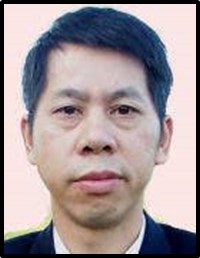
Prof. Qinghua Qin
He received his Bachelor of Engineering degree in mechanical engineering from Xi’an Highway University (currently Chang An University), China in 1982, earning his Master of Science degree in 1984 and Doctoral degree in 1990 from Huazhong University of Science and Technology (HUST) in China. Both degrees are in applied mechanics. He joined the Department of Mechanics at HUST in 1984. After spending 10 years lecturing at HUST, he was awarded the DAAD/K.C. Wong research fellowship in 1994, which enabled him to work at the University of Stuttgart in Germany for nine months. In 1995 he left HUST to take up a postdoctoral research fellowship at Tsinghua University, China, where he worked until 1997. He worked as a Queen Elizabeth II fellowship in 1997 at the University of Sydney and a Professorial fellowship in 2004 at the Australian National University, both sponsored by the Australian Research Council. He was appointed a guest professor at HUST in 2000. He was also awarded a Cheung Kong Professorship at Tianjin University in 2001 from the Ministry of Education of China. He has published more than 300 journal papers and 8 books in the field of applied mechanics and was a recipient of the J.G. Russell Award from the Australian Academy of Science.
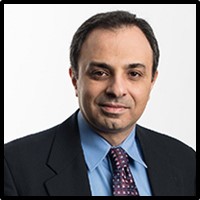
Prof. Ashraf Ayoub
He was graduated from Cairo University in 1990. He obtained his MSc (1993) and PhD (1999) in Civil Engineering from the University of California-Berkeley, USA. While a post graduate student, his research work was selected as a finalist for the international Robert Melosh medal in finite element analysis awarded by the International Association of Computational Mechanics and Duke University. He was later awarded a post-doctoral fellowship at the John A. Blume Earthquake Engineering Center at Stanford University. He was previously on the faculty at the University of Houston and the University of Missouri-Rolla.
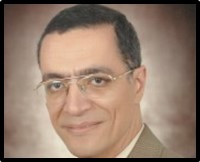
Prof. Sherif Mourad
Sherif A Mourad is currently serving as a Professor at the Structural Engineering Department, Faculty of Engineering, Cairo University. He obtained his BSc in Civil Engineering and MSc in Structural Engineering from Cairo University in 1984 and 1987 respectively. He has completed his PhD in Structural Engineering in 1990 from the University of California, Irvine, USA. He was the Dean of the Faculty of Engineering, Cairo University from 2012-2016, and Vice Dean for Graduate Studies and Research from 2009-2012. He has published more than 120 technical papers in local and international journals as well as local and international conference proceedings. He has supervised 68 MSc thesis as well as 22 PhD dissertations that were awarded at Cairo University, in addition to supervision at other schools and universities.
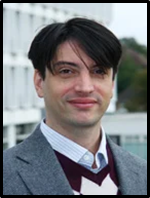
Dr Pierfrancesco Cacciola
He conducted his PhD studies at the University of Messina, in partnership with the University of Catania (both in Italy) on the stochastic analysis of structures with passive control systems. After the PhD (2002), he was employed as Research Fellow at the University of Messina working on the theoretical and experimental analysis of structures under random loadings (2002-2006), and ii) modelling cyclical behavior of soils via Finite Element codes (2007-2009). During this period, he was also a visiting researcher at Rice University in Houston (USA) working with Professor P.D. Spanos on the stochastic analysis of hysteretic systems (2003) and at the Laboratoire de Mechanique des Structures Industrielle Durables (LaMSID; Clamart, France, now called IMSIA) researching the simulation of ground motion acceleration time histories used for the seismic analysis of nuclear power plants (2009). He joined the University of Brighton in 2009 as Senior Lecturer. After the appointment he covered various roles within the School such as Course Leader and responsible for the accreditation of Civil Engineering courses, Assistant Head of the School (Head of the Division of Built Environment and Civil Engineering), Interim Head of the School (February- August 2016) and Civil Engineering Subject Leader.
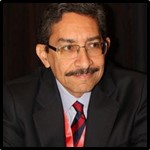
Prof. Maguid Hassan
He was graduated from Ain-Shams University in 1983 from Ain-Shams University and obtained M.Sc. in structural dynamics from the same university in 1988. Then obtained his Ph.D. in 1992 from the University of Maryland at College Park, USA, in Structural Reliability. After earning his associate professorship in 2001, Dr. Hassan was awarded a Fulbright teaching/research grant in 2004 where he taught structural engineering courses at the University of Maryland at College Park for one academic year and conducted his research. Dr. Hassan earned his professorship in 2010. During his presence at British University in Egypt Prof. Author of a lot of publications in international journals and conferences. Hassan was assigned several developmental tasks at the faculty, as well as, the University levels. These tasks include Teaching & Learning Coordinator for the Faculty, Member of the Research Committee, Member of the Technical Advisory Office to the president, Manager of the Student Record System (SRS) Development team, then Head of the SRS Management Board, Leader of a University wide developmental project for the SRS, in addition to the Administrator of a university wide developmental project aiming at developing collaborative research schemes with all the BUE’s international partners.
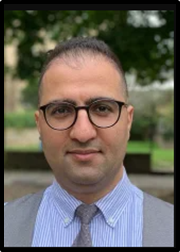
Dr Masoud Shadlou
He is known as an experienced researcher in the field of modern engineering covering structures, geomechanics, earthquake, numerical and physical modelling and software development. He received his PhD from University of Bristol. He is a research fellow at the School of Environment and Technology, and simultaneously as an adjunct fellow at the University of Southampton. His research interests are the use of machine learning tools, including deep learning, for computational geo/mechanics, physical modelling and computational geomechanics. His research interests are categorized under the heading of computational geo/mechanics. This includes the constitutive model development, novel integration schemes for numerical solutions, rate-dependent model, single scale and multi-scale FE models and elasto-dynamic solutions.
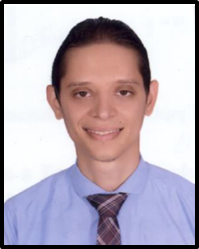
Dr. Ahmed Fady Farid
He was graduated from Cairo University in 2011 and obtained MSc in Structural engineering from the same university in 2014 on “Boundary element analysis of shear-deformable plates on tension-less elastic foundations”. Then obtained his PhD in structural engineering from Cairo University, Egypt (2018) in Boundary element formulations for nonlinear soil-structure interaction. He is a lecturer of structural engineering (Aug. 2018 – now) in the same University. He is a member at CUFE-BE research group (2015 – now) in Faculty of Engineering, Cairo University. His research interests are soil-structure interaction, boundary element method, structural dynamics and nonlinear analysis.

Dr. Emad Omar Azam
He was graduated from Fayoum University, Egypt. He obtained MSc and PhD in structural engineering from the same university. He is an assistant professor in faculty of engineering, civil engineering department, Fayoum university. His research is situated in the field of soil structure interaction taking the effect of the soil heterogeneity and nonlinearity. Also, he is interested in numerical analysis with algorithms and programming.
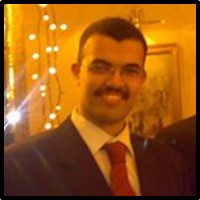
Dr. M.A. Kamal
He received his B.Sc. in Civil Engineering from Faculty of Engineering – Shoubra - Benha university in 2005. He received his MSc in Engineering Mathematics from the same university. He is a lecturer assistant at Department of Engineering Mathematics and Physics Faculty of Engineering – Shoubra - Benha university – Egypt and a member at CUFE-BE research group (2015 – now) in Faculty of Engineering at Cairo University. His research interests are computational mechanics, damage mechanics and boundary element method.
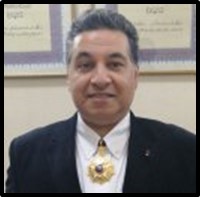
Prof. Youssef F. Rashed
He was graduated from Cairo University in 1990 and obtained MSc in Structural engineering from the same university in 1994. Then obtained PhD in engineering from the University of Wales, UK in 1997. Author of over 120 publications in international journals and conferences including two textbooks. One of the developers of the PLPAK software package which applies the boundary element method to structural analysis of building slabs and foundations. He received 9 scientific research awards.
Acknowledgements
This workshop is supported financially by the Science, Technology & Innovation Funding Authority
(STIFA), Egypt, AHRC Grant No 30794. The organizers would like to acknowledge the support of
(STIFA).

